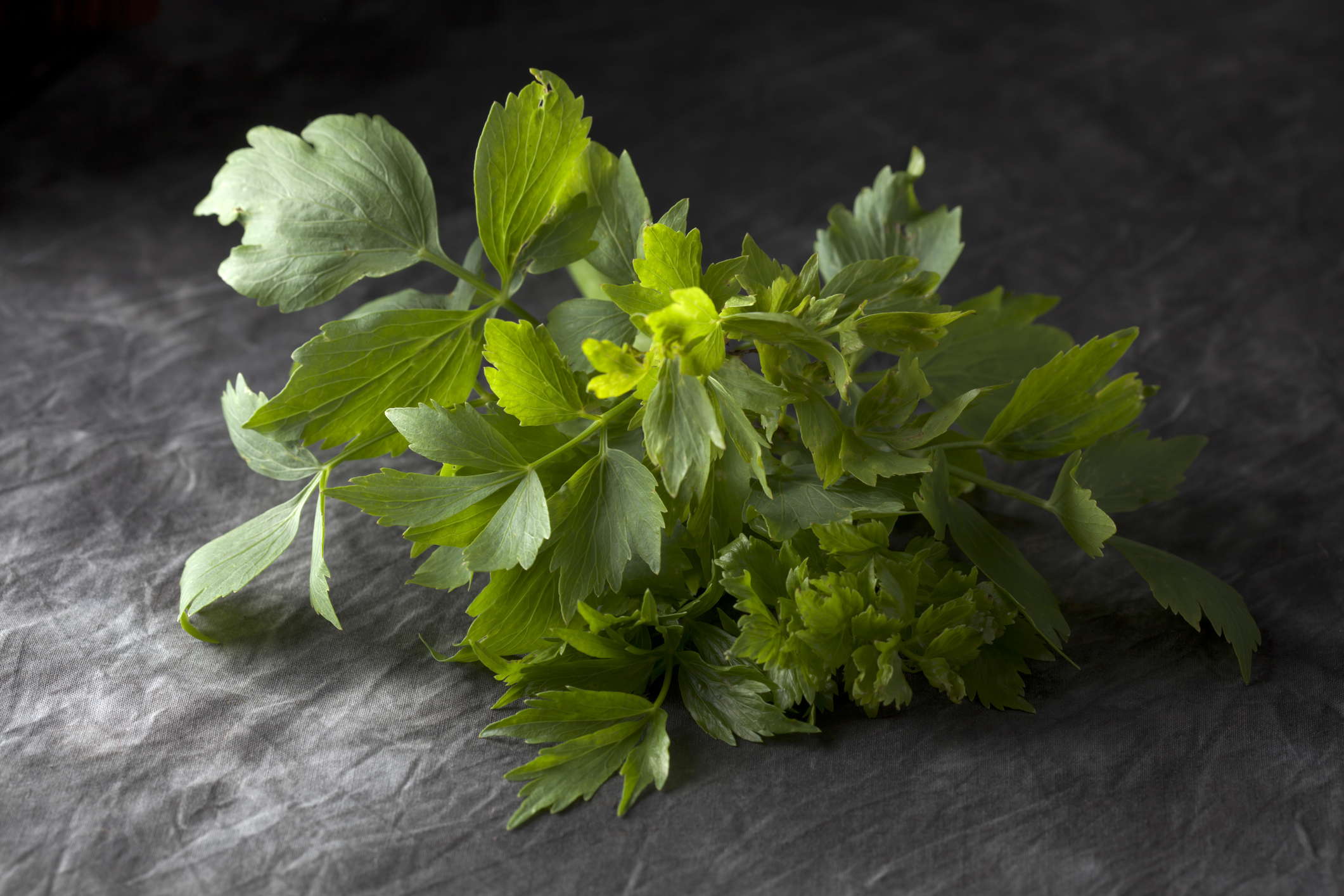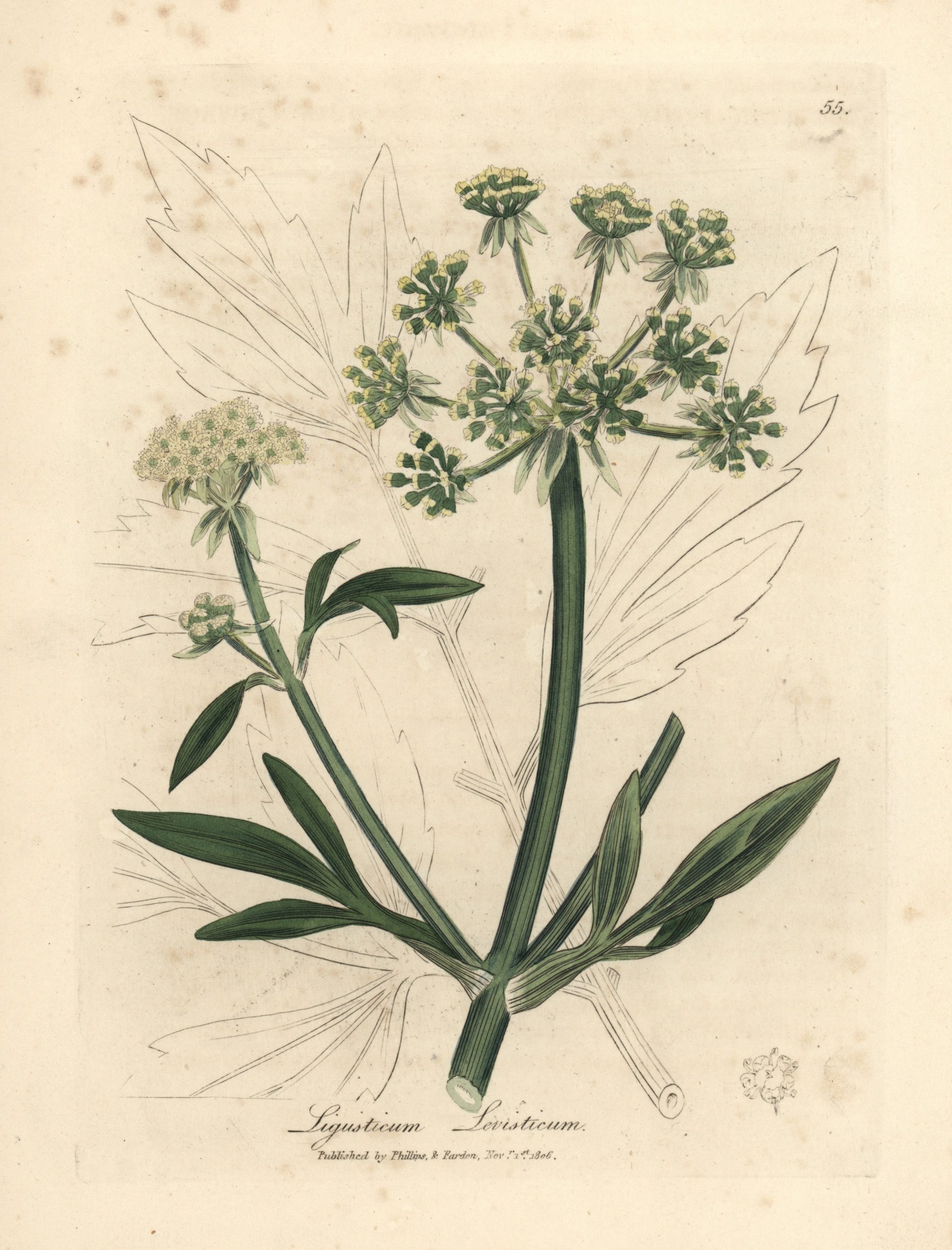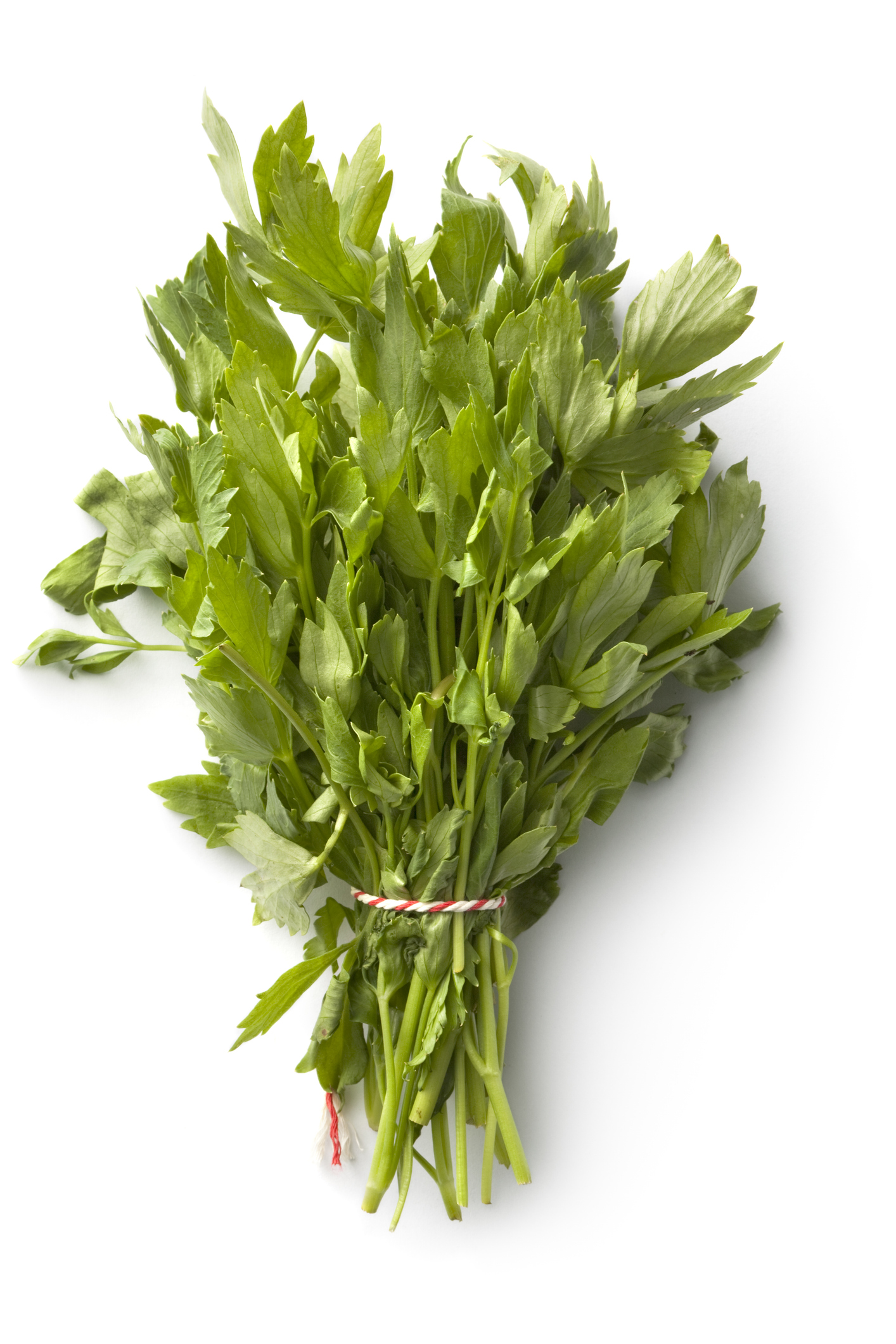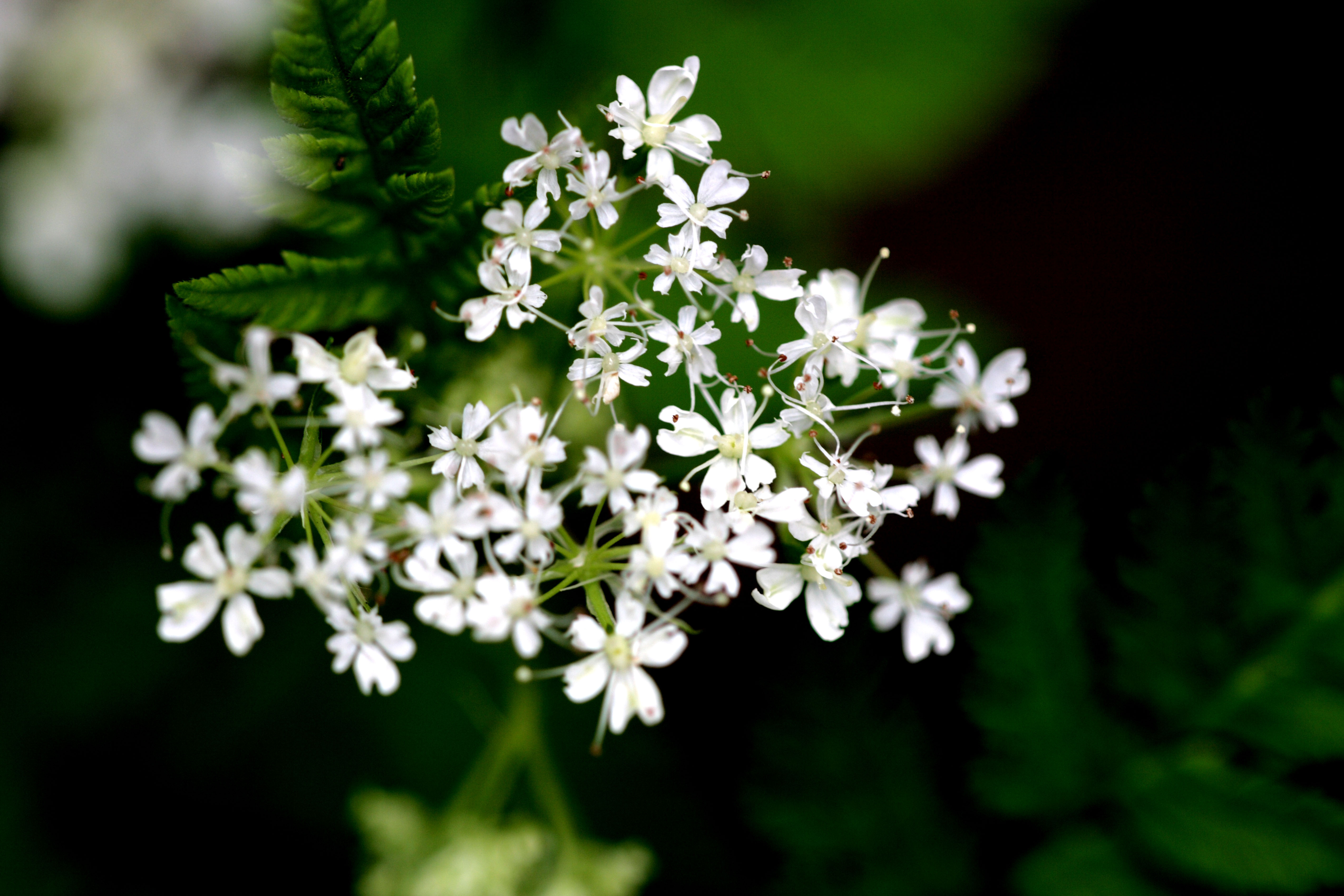How to grow lovage — and the reasons why you'd want to bother
Our grow-your-own expert Mark Diacono takes a look at the lovely uses for lovage.


Had we been alive when the Romans brought their straight-roaded ways to Britain, chances are that lovage (Levisticum officinale) would have been well known to us. As well as its culinary uses, it was taken to treat everything from fever to jaundice, used in bath water and placed in shoes to clean and deodorise.
Its Old English name is ‘love parsley’, due to its reputation as an aphrodisiac — not that it's ever worked that way in my house. Should I add it to cooking or be making a lovage syrup for a cocktail and its bitter scent fills the air as my wife enters the room, love is the last thing on her mind.
These days, lovage is less commonly used and, as with anchovies, celery and olives, its intense bitter savouriness doesn’t please some, my wife included. I love it, but a little care is sensible when using it.
Every part of the plant is edible, with the leaves and seeds the loveliest to use. Their flavour is somewhere between celery, yeast and intense vegetable stock; the seeds are a little sweeter than the leaves. I think of it mostly as vegetable stock in leaf and seed form and I use it most in the base of soup or stew, where its flavour is lent to the whole. That said, it should be let loose once in a while: a little chopped lovage on tomatoes is so good, as is a sprinkling of seeds on bread before baking, and try it in combination with cheese and apple, or mussels cooked in cider. Pick leaves and seeds as you like, prioritising the tender young leaves, which are best for eating raw. The hollow stems are like soft bamboo and make a fine flavoured straw for a Bloody Mary.

Lovage is an umbellifer, a visual cross between rhubarb, celery and parsley, its hollow stems showered with pale greeny-yellow flowers, similar to fennel’s, in mid spring. As is so typical of the sod’s-law nature of the kitchen garden, although you need little to bring flavour to a dish, lovage can reach more than 6ft in height by midsummer. The back of a bed or border is perhaps the best place for it.
Lovage is easily grown from seed. Sow undercover into modules in spring, planting out — after five days hardening off — when they are large enough to handle. You can buy a young specimen and plant it green end up, brown end down and you’ll have a lifetime’s supply; so robust is it, you could even plant it green side down and it would likely survive. If you know someone with an established plant, you can split it with a spade in spring or autumn. Allow at least 2ft between plants. Lovage prefers a fertile, well-drained soil, but is tolerant of all but the waterlogged or very sandy. Partial shade is ideal, although it can handle full sun, too. Keep a cane handy for support when it is at its full flowering height.
It’s worth taming your plant once in a while. Lovage’s flavour changes after flowering, becoming slightly more bitter, so cut it back in June (avoiding the tender heart of the base) to encourage new leaves if you like, composting what you don’t eat. Or let it go and enjoy the flowers and seeds.
Exquisite houses, the beauty of Nature, and how to get the most from your life, straight to your inbox.
Lovage is fairly trouble free and hard to mistakenly harm: hit it with a shovel, strim it to bits and it will come back grinning. Leaf miners can be a nuisance: affected leaves are obvious and should be burned immediately. If it gets bad, cut the plant to the ground, incinerate all of it and it should spring back from its base. When the frosts arrive, it will retreat into itself for winter, re-emerging in spring.

Scots lovage (Ligusticum scoticum) is a smaller variety, with leaves that are slightly less intense in flavour and more succulent in texture. By early summer, it produces clusters of seeds with a flavour — a wonderful flavour — similar to its larger cousin, but just that little bit better.
As with familiar lovage, you can eat the seed when it’s green, but, for storage, I wait until the seeds have turned brown in late summer, picking a whole seedhead on a sunny day and hanging it for a few days to dry out completely. In an airtight container, the seeds should last well over a year.
Either form of lovage will thrive in a large container if well fed and the compost top dressed once in a while. Mine have a liquid feed every few weeks through summer, but it’s not essential unless you use plenty of leaves.

The best herbs to grow in your garden aren't the ones you use the most. Here's why.
Mark Diacono is about to embark on creating a herb garden — here's what he's going to grow.

The two herbs to grow in your garden that'll convince you never to eat parsley again
Charles Quest-Ritson doesn't grow a lot of herbs, but those he does would grace any kitchen — and will have your
Mark is lucky enough to spend most of his time eating, growing, writing and talking about food. He has written fourteen award-winning books, including A Year at Otter Farm and A Taste of the Unexpected (both won Food Book of the Year, and Garden Book of the Year). Known for growing everything from Szechuan pepper to pecans to Asian pears, Mark's refreshing approach to growing and eating has done much to inspire a new generation to grow some of what they eat. He was involved in the early days of River Cottage, appearing in the TV series, and writing four River Cottage books. Mark writes to a global audience on his best-selling Substack: Mark Diacono’s Abundance.
